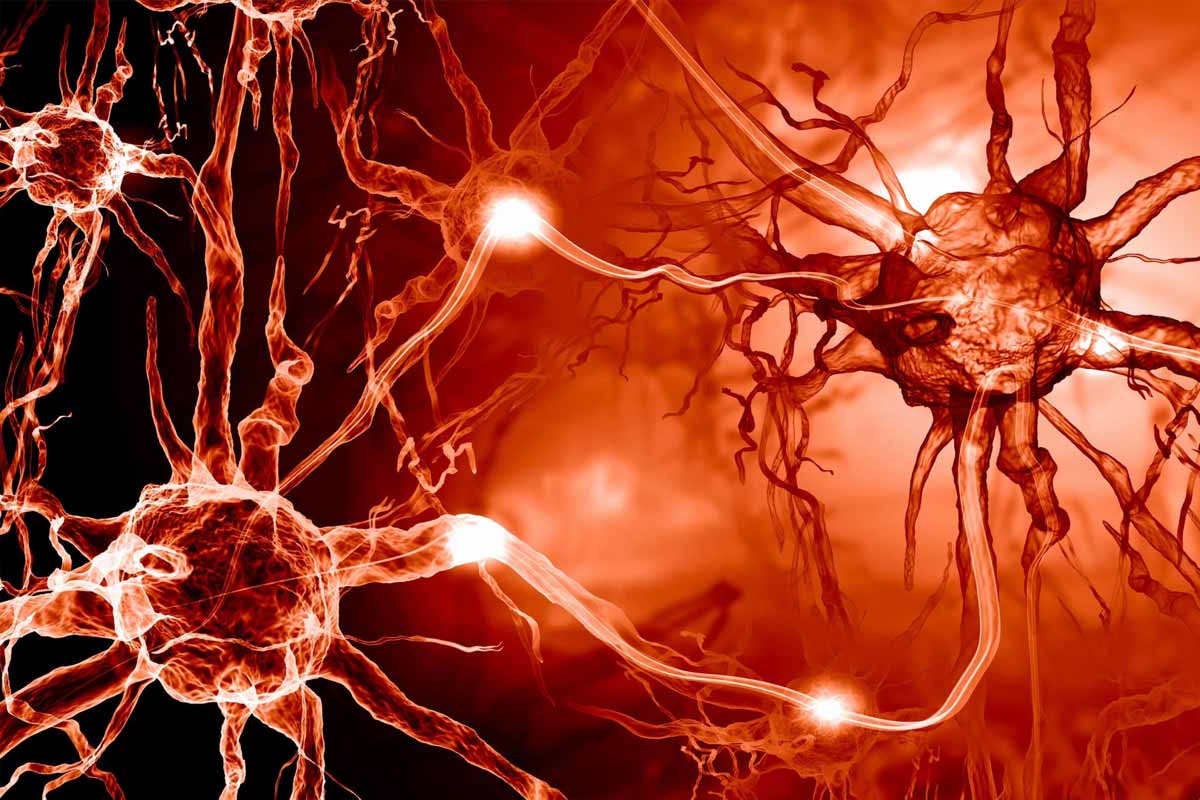A bold idea guides this study : use known medicines to fix injured brain circuits. Researchers at UCSF and Gladstone tested two cancer drugs together and saw brain changes move in the right direction. They worked in mice that model Alzheimer’s symptoms, which keeps hopes high while the next steps stay careful and clear.
New path from approved drugs
The team started with gene activity maps because disease rewires cells in patterns. They scanned a large database to find medicines that flip those patterns back. Letrozole and irinotecan rose to the top since records suggested lower dementia risk among treated patients, which hinted at a useful signal worth testing.
Both drugs already have FDA approval for cancers, which shortens timelines for trials. Repurposing saves years because doses, safety profiles, and interactions are documented. That does not remove risk, yet it removes guesswork. Clear data on manufacturing and stability also helps regulators support fast, rigorous evaluations.
How the team aimed to counter Alzheimer’s at the gene level
Computational tools linked disease signatures with drug fingerprints, then ranked pairs for synergy. The best pair targeted different cells, which matters because brains fail in many ways at once. One drug leaned toward neurons; the other leaned toward support cells. That split raised the chance of network repair.
In mice, dosing followed defined schedules that mirror oncology practice while adjusting amounts. Researchers tracked behavior and molecular markers across time because speed alone can mislead. They looked for converging improvements rather than single peaks.
They also checked reference datasets so findings matched external signals. When single-cell maps and clinical records both point to the same pathways, confidence rises. Convergence tightens hypotheses and shapes dosing windows that real people can tolerate.
What changed in the brain and behavior
Tau protein clumps shrink when the pair acts together, while synapses regain some function. Those clumps disrupt circuits, so fewer aggregates mean cleaner signaling. Improved maze learning and memory recall suggest network repair sticks, not just a lab artifact. That matters for daily life skills.
Neurons show healthier activity after treatment because excitatory and inhibitory balance returns. Cells fire more regularly as noise drops. Better timing supports learning because signals land when they should, not late. Order in timing often predicts better task performance in animals.
Glial cells also calm down, which reduces stress signals. Microglia and astrocytes support neurons, yet chronic alarm hurts them. When help replaces alarm, the whole system steadies. That shift aligns with measurable behavior gains, a useful link between molecular data and real outcomes for Alzheimer’s care ambitions.
Numbers, timing, and the road to Alzheimer’s trials
Approval for cancer is a bridge, not a free pass. Side effects differ when targets shift from tumors to brain circuits. Doses may need changes because long courses strain bodies. Care teams must watch liver, gut, and blood counts while protecting cognition.
Global estimates put current cases above 55 million, with totals likely to more than double in 25 years. That pace pressures systems and families, so time matters. Faster trials still need strict design because fragile patients deserve clarity, not noise.
Early human studies can start with small safety cohorts. Biomarkers should track fluid tau and neurofilament light, while imaging watches network function. Clear stop rules protect volunteers. If signals hold, larger trials can test daily function, independence, and caregiver burden tied to Alzheimer’s symptoms.
Why two drugs may work better than one for Alzheimer’s changes
Brain diseases rarely hinge on a single switch. Networks fail across many genes and proteins. One medicine often nudges one node, while paired drugs can spread benefits across cell types. Letrozole seems neuron-focused; irinotecan seems glia-focused, which fits this division of labor.
Synergy also reduces resistance because cells have fewer escape routes. When pathways compensate for one drug, the second blocks the detour. That logic is common in oncology and applies to networks that age under stress. Balanced targeting helps safety because doses can stay lower.
Still, pairs can amplify risks. Pharmacokinetics may shift as enzymes compete. Careful spacing and monitoring prevent surprises. Real-world patients take other medicines, so teams must model interactions. Good planning keeps benefits intact while side effects stay manageable, which is essential for long-term care in clinics.
Next questions : personalization, access, and real-life fit
Not every brain shows the same gene pattern. Personal profiles can guide who benefits most, because expression signatures vary with age, genetics, and comorbidities. A test that reads that pattern could match patients to the pair, which raises effect sizes.
Access also matters because oncology drugs can be costly. Repurposing lowers development risk, yet payers still need proof that real outcomes improve. Health systems will ask about hospital days, home safety, and caregiver time saved. Clear evidence eases coverage decisions.
Manufacturing is ready because both drugs exist at scale. Stability data support consistent dosing. That helps trial sites start quickly across regions. Speed helps families while keeping quality high. With sound design, signals found in mice can translate to people without cutting corners.
What this advance could mean in real life
The approach turns a complex disease into a tractable plan: treat the pattern, not just one protein. Mice are not people, yet this path fits how brains fail with age. Strong safety rules, smart biomarkers, and fair access can turn hope into help for families living with Alzheimer’s today.
